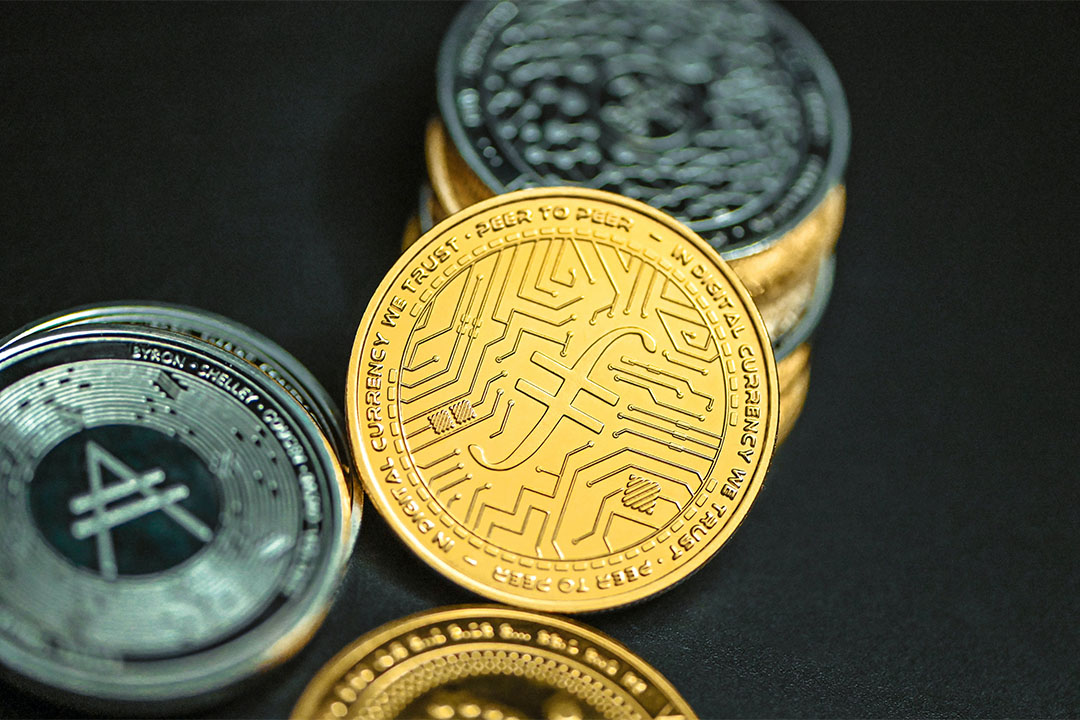
Understanding Quantum Computing: The Next Frontier In Tech
Details
Understanding Quantum Computing: The Next Frontier in Tech
In the ever-evolving landscape of technology, quantum computing stands out as one of the most promising and enigmatic frontiers. It's a topic that has captured the imagination of scientists, researchers, and tech enthusiasts alike. As we dive into the world of quantum computing, we'll unravel its fundamental concepts, its potential impact on various industries, and the challenges that lie ahead.
What is Quantum Computing ?
At its core, quantum computing is a new paradigm of computation that leverages the principles of quantum mechanics to process information. Unlike classical computers, which use bits as the fundamental unit of data, quantum computers use quantum bits or qubits. The unique property of qubits is their ability to exist in multiple states simultaneously, thanks to a phenomenon called superposition. This enables quantum computers to perform complex calculations at speeds that classical computers can only dream of.
Superposition and Entanglement: The Quantum Magic
Superposition is a fundamental concept in quantum mechanics that allows qubits to exist in multiple states simultaneously. To put it simply, while classical bits can be either 0 or 1, qubits can be 0, 1, or any superposition of these states. This property is what gives quantum computers their computational advantage. Imagine flipping a coin, but instead of it being heads or tails, it could be both at the same time until you look at it
Another key quantum concept is entanglement. When two qubits become entangled, the state of one qubit instantly influences the state of the other, regardless of the distance separating them. This phenomenon, described by Einstein as "spooky action at a distance," has profound implications for quantum computing. It enables qubits in a quantum computer to work together in ways that classical bits cannot, making quantum computers exceptionally powerful for certain types of problems.
Quantum vs. Classical Computing: A David vs. Goliath Battle
To grasp the potential of quantum computing, it's essential to understand how it compares to classical computing. Classical computers, the ones we use daily, process information using bits. Each bit can be in one of two states: 0 or 1. Classical computers perform calculations by manipulating and processing these bits through logical operations.
Quantum computers, on the other hand, leverage the principles of quantum mechanics to process information using qubits. As mentioned earlier, qubits can exist in multiple states simultaneously, thanks to superposition and entanglement. This unique property allows quantum computers to solve certain problems exponentially faster than classical computers.
While classical computers excel in many everyday tasks, they struggle with complex problems like simulating the behavior of molecules, optimizing supply chains, and factoring large numbers. Quantum computers have the potential to revolutionize these areas by providing solutions that would take classical computers an impractical amount of time to compute.
Quantum Computing Applications
Quantum computing holds the promise of transforming various industries by addressing problems that were once considered computationally infeasible. Here are some key application areas:
1. Cryptography: Quantum computers could potentially break current encryption methods, which rely on the difficulty of factoring large numbers. As a result, quantum-resistant encryption algorithms are being developed to secure our digital communication in the post-quantum era.
2. Drug Discovery: Quantum computing can simulate molecular interactions at an unprecedented level of detail. This capability is invaluable for drug discovery, as it can significantly speed up the process of identifying new pharmaceutical compounds and understanding their effects on the human body.
3. Materials Science: Researchers can use quantum computers to simulate and predict the properties of materials, enabling the development of new materials with enhanced properties for various applications, such as energy storage and electronics.
4. Optimization: Quantum computing excels at solving complex optimization problems, which have applications in logistics, finance, and supply chain management. These systems can help find the most efficient routes for delivery trucks, optimize financial portfolios, and more.
5. Artificial Intelligence: Quantum computing has the potential to accelerate machine learning algorithms and improve AI model training. This could lead to breakthroughs in natural language processing, image recognition, and other AI applications.
6. Climate Modeling: Simulating the Earth's climate system is an incredibly complex task that requires vast computational resources. Quantum computing could revolutionize climate modeling, allowing scientists to make more accurate predictions and better understand climate change.
7. Quantum Simulations: Quantum computers can simulate quantum systems with high precision. This is crucial for understanding quantum phenomena and developing new technologies like superconductors and quantum sensors.
Challenges in Quantum Computing
While the potential of quantum computing is vast, it's not without its challenges. Here are some of the key hurdles that researchers and scientists are working to overcome:
1. Error Correction: Quantum bits are highly susceptible to errors due to environmental factors like temperature and electromagnetic radiation. Developing error-correcting codes and fault-tolerant quantum hardware is essential for building reliable quantum computers.
2. Quantum Decoherence: Qubits can lose their quantum properties over time, a phenomenon known as decoherence. Keeping qubits coherent for long enough to perform complex calculations remains a significant challenge.
3. Scalability: Building larger quantum computers with more qubits is a complex engineering task. As quantum systems scale up, controlling and maintaining their coherence becomes increasingly difficult.
4. Noise: Quantum computers are inherently noisy due to various factors, including qubit imperfections and external interference. Reducing noise levels is crucial for achieving accurate and reliable quantum computations.
5. Access and Cost: Quantum computers are currently only available to a limited number of researchers and organizations. Expanding access and reducing the cost of quantum hardware are important for the widespread adoption of quantum computing.
The Quantum Computing Landscape
Several companies and organizations are at the forefront of quantum computing research and development. These include IBM, Google, Microsoft, Intel, and startups like Rigetti and IonQ. Each of these players is pursuing different approaches to building quantum computers, from superconducting qubits to trapped ions and topological qubits.
IBM's Quantum Experience and Google's Quantum AI lab are notable platforms that allow researchers and developers to experiment with quantum hardware and software in the cloud. These platforms aim to democratize access to quantum computing and foster innovation in the field.
Moreover, quantum programming languages and software libraries are emerging to help developers harness the power of quantum computers. Languages like Qiskit and Cirq enable researchers to write quantum algorithms and run them on available quantum hardware.
The Road Ahead
Quantum computing is still in its infancy, but the possibilities it presents are immense. As researchers continue to overcome the technical challenges and build more powerful quantum computers, we can expect quantum technology to have a profound impact on various aspects of our lives.
The next decade is likely to see advancements in quantum algorithms, error correction techniques, and hardware development. This will bring us closer to solving complex problems that were previously insurmountable and unlock new opportunities in fields ranging from medicine to finance to climate science.
In conclusion, understanding quantum computing is like peering into a portal to the future of technology. While there are still many challenges to overcome, the potential benefits are too compelling to ignore. Quantum computing has the power to revolutionize industries, drive scientific discoveries, and reshape the way we solve some of the world's most pressing problems. As we stand on the cusp of this quantum revolution, one thing is certain: the journey ahead promises to be as exciting as it is transformative. Stay tuned for more updates on this quantum leap in technology at blogsf



















